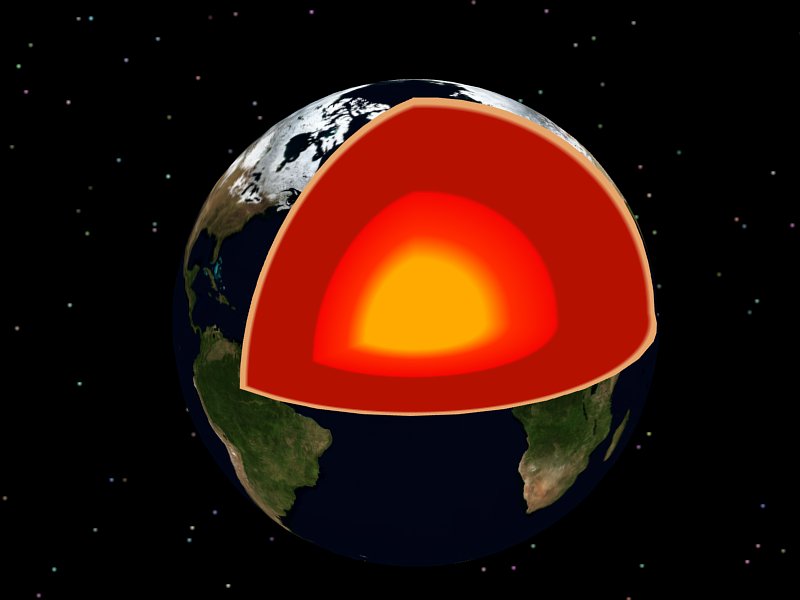[bibtex key=BagariaHamkinsTsaprounisUsuba2016:SuperstrongAndOtherLargeCardinalsAreNeverLaverIndestructible]
Abstract. Superstrong cardinals are never Laver indestructible. Similarly, almost huge cardinals, huge cardinals, superhuge cardinals, rank-into-rank cardinals, extendible cardinals, -extendible cardinals, -extendible cardinals, weakly superstrong cardinals, uplifting cardinals, pseudo-uplifting cardinals, superstrongly unfoldable cardinals, -reflecting cardinals, -correct cardinals and -extendible cardinals (all for ) are never Laver indestructible. In fact, all these large cardinal properties are superdestructible: if exhibits any of them, with corresponding target , then in any forcing extension arising from nontrivial strategically -closed forcing , the cardinal will exhibit none of the large cardinal properties with target or larger.
The large cardinal indestructibility phenomenon, occurring when certain preparatory forcing makes a given large cardinal become necessarily preserved by any subsequent forcing from a large class of forcing notions, is pervasive in the large cardinal hierarchy. The phenomenon arose in Laver’s seminal result that any supercompact cardinal can be made indestructible by -directed closed forcing. It continued with the Gitik-Shelah treatment of strong cardinals; the universal indestructibility of Apter and myself, which produced simultaneous indestructibility for all weakly compact, measurable, strongly compact, supercompact cardinals and others; the lottery preparation, which applies generally to diverse large cardinals; work of Apter, Gitik and Sargsyan on indestructibility and the large-cardinal identity crises; the indestructibility of strongly unfoldable cardinals; the indestructibility of Vopenka’s principle; and diverse other treatments of large cardinal indestructibility. Based on these results, one might be tempted to the general conclusion that all the usual large cardinals can be made indestructible.
In this article, my co-authors and I temper that temptation by proving that certain kinds of large cardinals cannot be made nontrivially indestructible. Superstrong cardinals, we prove, are never Laver indestructible. Consequently, neither are almost huge cardinals, huge cardinals, superhuge cardinals, rank-into-rank cardinals, extendible cardinals and -extendible cardinals, to name a few. Even the -extendible cardinals are never indestructible, and neither are weakly superstrong cardinals, uplifting cardinals, pseudo-uplifting cardinals, strongly uplifting cardinals, superstrongly unfoldable cardinals, -reflecting cardinals, -correct cardinals and -extendible cardinals, when . In fact, all these large cardinal properties are superdestructible, in the sense that if exhibits any of them, with corresponding target , then in any forcing extension arising from nontrivial strategically -closed forcing , the cardinal will exhibit none of the large cardinal properties with target or larger. Many quite ordinary forcing notions, which one might otherwise have expected to fall under the scope of an indestructibility result, will definitely ruin all these large cardinal properties. For example, adding a Cohen subset to any cardinal will definitely prevent it from being superstrong—as well as preventing it from being uplifting, -correct, -extendible and so on with all the large cardinal properties mentioned above—in the forcing extension.
Main Theorem.
- Superstrong cardinals are never Laver indestructible.
- Consequently, almost huge, huge, superhuge and rank-into-rank cardinals are never Laver indestructible.
- Similarly, extendible cardinals, -extendible and even -extendible cardinals are never Laver indestructible.
- Uplifting cardinals, pseudo-uplifting cardinals, weakly superstrong cardinals, superstrongly unfoldable cardinals and strongly uplifting cardinals are never Laver indestructible.
- -reflecting and indeed -correct cardinals, for each finite , are never Laver indestructible.
- Indeed—the strongest result here, because it is the weakest notion—-extendible cardinals are never Laver indestructible.
In fact, each of these large cardinal properties is superdestructible. Namely, if exhibits any of them, with corresponding target , then in any forcing extension arising from nontrivial strategically -closed forcing , the cardinal will exhibit none of the mentioned large cardinal properties with target or larger.
The proof makes use of a detailed analysis of the complexity of the definition of the ground model in the forcing extension. These results are, to my knowledge, the first applications of the ideas of set-theoretic geology not making direct references to set-theoretically geological concerns.
Theorem 10 in the article answers (the main case of) a question I had posed on MathOverflow, namely, Can a model of set theory be realized as a Cohen-subset forcing extension in two different ways, with different grounds and different cardinals? I had been specifically interested there to know whether a cardinal necessarily becomes definable after adding a Cohen subset to it, and theorem 10 shows indeed that it does: after adding a Cohen subset to a cardinal, it becomes -definable in the extension, and this fact can be seen as explaining the main theorem above.
Related MO question | CUNY talk
 In two talks, I shall give a complete detailed account of Toshimichi Usuba’s recent proof of the strong downward-directed grounds hypothesis. This breakthrough result answers what had been for ten years the central open question in the area of set-theoretic geology and leads immediately to numerous consequences that settle many other open questions in the area, as well as to a sharpening of some of the central concepts of set-theoretic geology, such as the fact that the mantle coincides with the generic mantle and is a model of ZFC.
In two talks, I shall give a complete detailed account of Toshimichi Usuba’s recent proof of the strong downward-directed grounds hypothesis. This breakthrough result answers what had been for ten years the central open question in the area of set-theoretic geology and leads immediately to numerous consequences that settle many other open questions in the area, as well as to a sharpening of some of the central concepts of set-theoretic geology, such as the fact that the mantle coincides with the generic mantle and is a model of ZFC.

